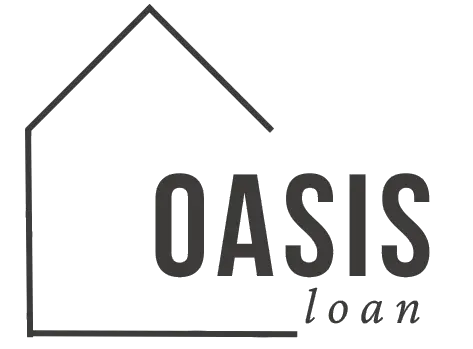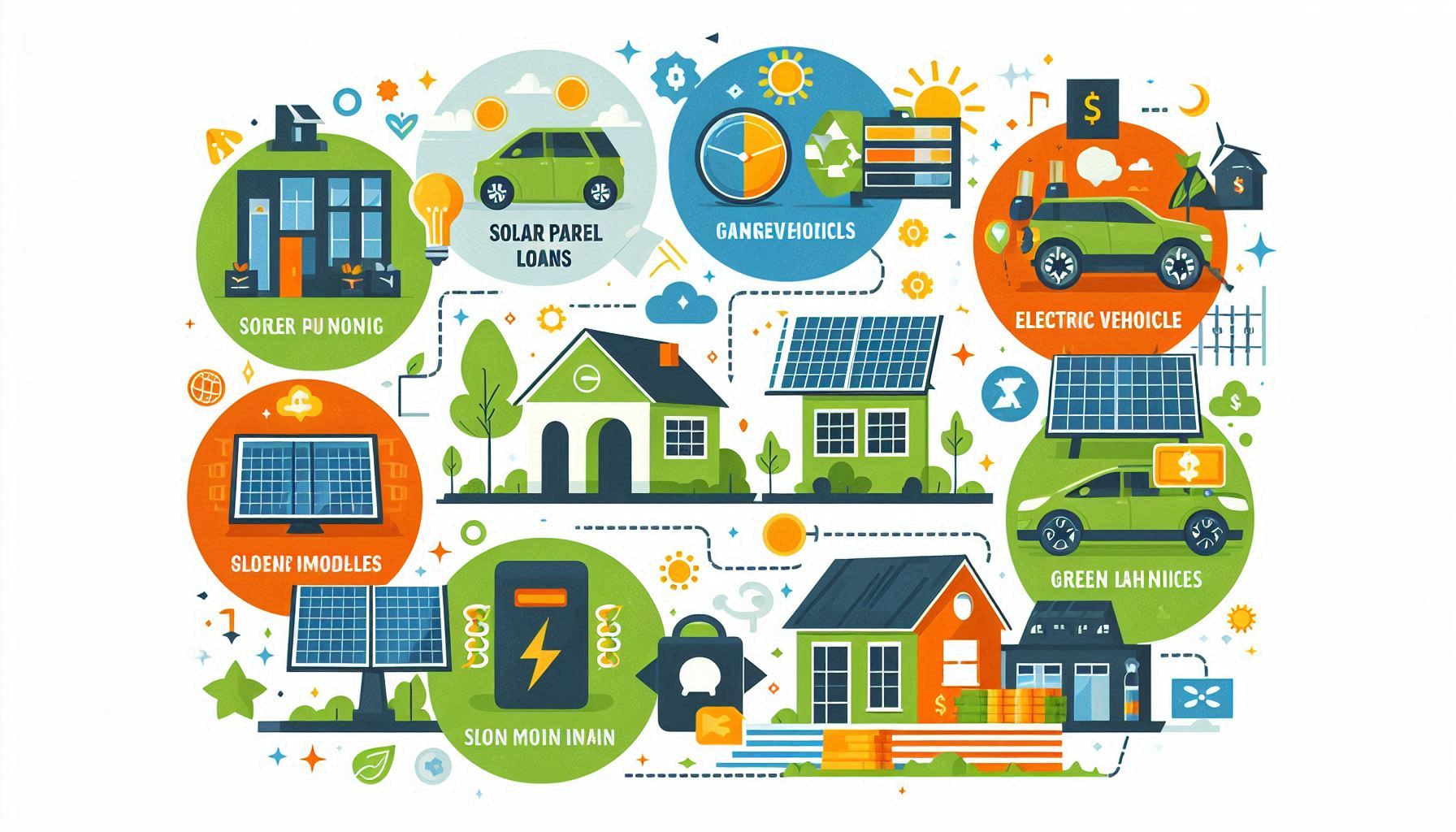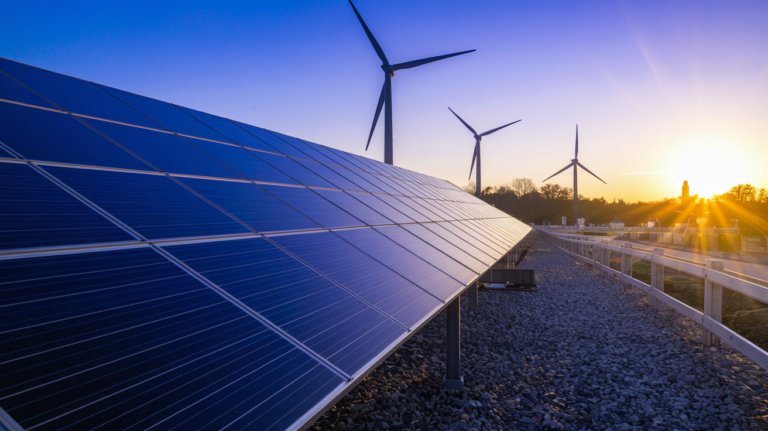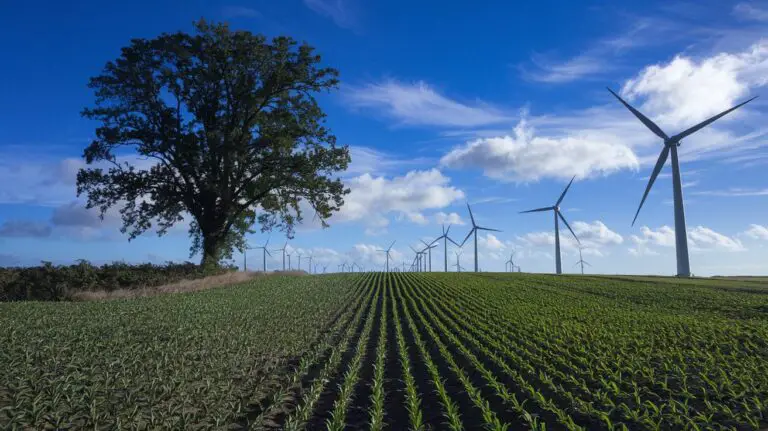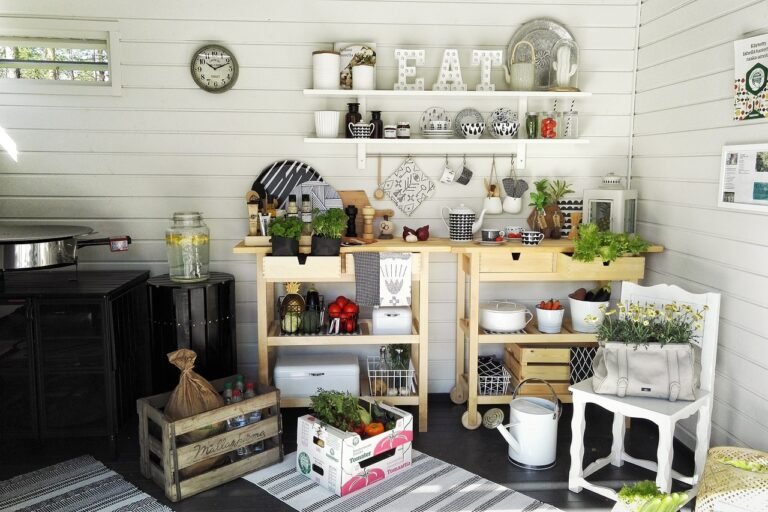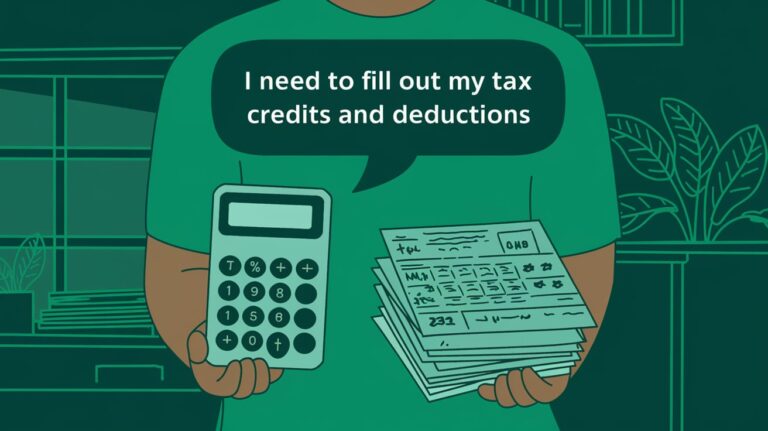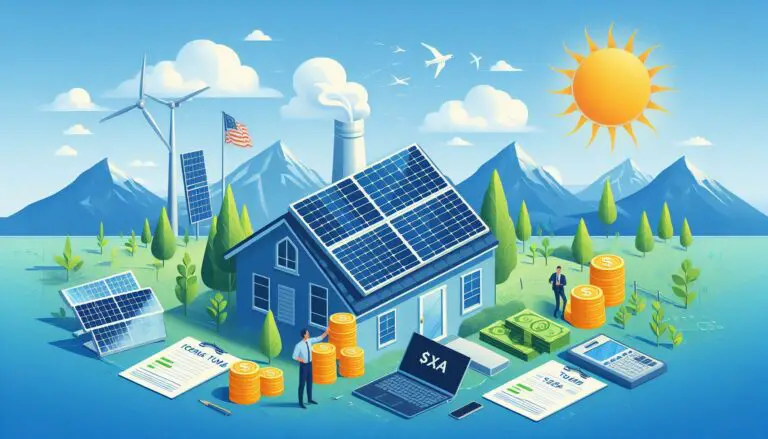Green Home Equity Loans and HELOCs: An In-Depth Guide
Green home equity loans and HELOCs (Home Equity Lines of Credit) offer valuable financial solutions for homeowners aiming to improve their properties sustainably. Whether you’re interested in installing solar panels or undertaking other green home improvements, understanding these financing options is crucial. This article explores the essentials of green home equity loans and HELOCs, their benefits, and how they can help you achieve your eco-friendly goals.
What Are Green Home Equity Loans?
Green home equity loans are specialized loans that use the equity in your home to fund energy-efficient or environmentally friendly upgrades. These loans offer a fixed amount of money, which you repay in monthly installments over a set period. The funds can be used for a range of green projects, from solar panel installations to high-efficiency HVAC systems.
Benefits of Green Home Equity Loans
1. Fixed Interest Rates
Green home equity loans typically come with fixed interest rates, providing predictable monthly payments and stability. This fixed-rate structure makes budgeting easier, as you will know exactly how much you need to pay each month without worrying about fluctuating interest rates.
2. Larger Loan Amounts
Unlike some other green financing options, home equity loans often allow for larger loan amounts. This feature can be particularly beneficial if you plan to undertake substantial green home improvements, such as a complete solar panel system or comprehensive energy retrofits.
3. Tax Benefits
Home equity loans may come with potential tax benefits. The interest paid on these loans might be deductible, depending on your local tax regulations and whether the funds are used for home improvements. Always consult with a tax advisor to understand the specific implications for your situation.
Understanding HELOCs for Green Home Improvements
A HELOC is another viable option for financing green home improvements. Unlike a traditional home equity loan, a HELOC provides a revolving line of credit that you can draw from as needed. This flexibility makes it a useful tool for ongoing or phased home improvement projects.
How HELOCs Work
1. Draw Period and Repayment Period
HELOCs consist of a draw period, during which you can borrow against the line of credit, and a repayment period, where you repay the borrowed amount. During the draw period, you typically make interest-only payments on the amount borrowed. Once this period ends, you enter the repayment phase, where you pay both principal and interest.
2. Variable Interest Rates
Most HELOCs come with variable interest rates, which means the rate can fluctuate based on market conditions. While this can potentially lower your initial costs, it also introduces uncertainty regarding future payments.
3. Flexibility in Borrowing
The flexibility of a HELOC allows you to access funds as needed, which is ideal for ongoing green renovation projects. For instance, if you’re installing solar panels and need to cover additional expenses as they arise, a HELOC can provide the necessary financial support.
Comparing Green Home Equity Loans and HELOCs
Choosing between a green home equity loan and a HELOC depends on various factors, including your financial situation and the nature of your home improvement projects.
Factors to Consider
1. Loan Amount and Duration
If you need a large sum for significant green improvements, a green home equity loan may be more suitable. Conversely, if you require ongoing access to funds for a phased project, a HELOC’s flexible borrowing may be preferable.
2. Interest Rate Stability
For those who prefer stability, a green home equity loan’s fixed interest rate offers predictable payments. On the other hand, a HELOC’s variable rate could lead to fluctuating payments, which might be a concern if interest rates rise significantly.
3. Project Scope
The scope of your green home improvements can also influence your choice. For large-scale upgrades, such as installing multiple solar panels, a home equity loan might be more appropriate. For incremental improvements, like gradually upgrading insulation or windows, a HELOC could offer the necessary flexibility.
Application Process for Green Home Equity Loans and HELOCs
Understanding the application process can help streamline your efforts in securing financing for green home improvements.
Steps to Apply for a Green Home Equity Loan
1. Evaluate Your Home Equity
Before applying for a loan, assess how much equity you have in your home. Generally, lenders require a certain percentage of equity to approve a home equity loan.
2. Shop Around for Lenders
Compare offers from different lenders to find the best terms and rates. Look for lenders that specialize in green home loans or offer specific incentives for eco-friendly projects.
3. Submit an Application
Complete the application process by providing necessary documents, such as proof of income, home value, and current mortgage details. Lenders will evaluate your application based on your creditworthiness and the value of your home.
Steps to Apply for a HELOC
1. Determine Your Creditworthiness
Since HELOCs often come with variable rates, your credit score and financial stability play a crucial role in determining your eligibility and interest rates.
2. Research HELOC Providers
Compare HELOC offers from various banks and financial institutions. Pay attention to the terms of the draw and repayment periods, as well as the interest rate structure.
3. Complete the Application
Provide the required documentation and undergo the approval process. Once approved, you’ll receive a line of credit that you can draw from as needed.
Benefits of Financing Green Home Improvements
Financing green home improvements through equity loans or HELOCs can provide numerous benefits beyond immediate financial assistance.
Long-Term Savings
1. Reduced Utility Bills
Energy-efficient upgrades, such as solar panels and high-efficiency appliances, can significantly reduce your utility bills. Over time, these savings can offset the cost of your loan or HELOC payments.
2. Increased Home Value
Eco-friendly renovations can enhance your home’s value. Potential buyers are often willing to pay more for properties with energy-efficient features, which can provide a return on investment when you decide to sell.
3. Environmental Impact
By investing in green home improvements, you contribute to a more sustainable environment. Reducing your home’s carbon footprint supports broader efforts to combat climate change.
Conclusion
Green home equity loans and HELOCs are powerful tools for financing eco-friendly home improvements. Whether you choose a green home equity loan for its fixed rates and larger amounts or a HELOC for its flexibility and revolving credit, both options can support your sustainability goals. Evaluate your financial situation, project scope, and personal preferences to select the best financing solution for your green renovations.
For more detailed information on green home financing, visit reputable sources such as Energy.gov, NerdWallet, and Bankrate.
